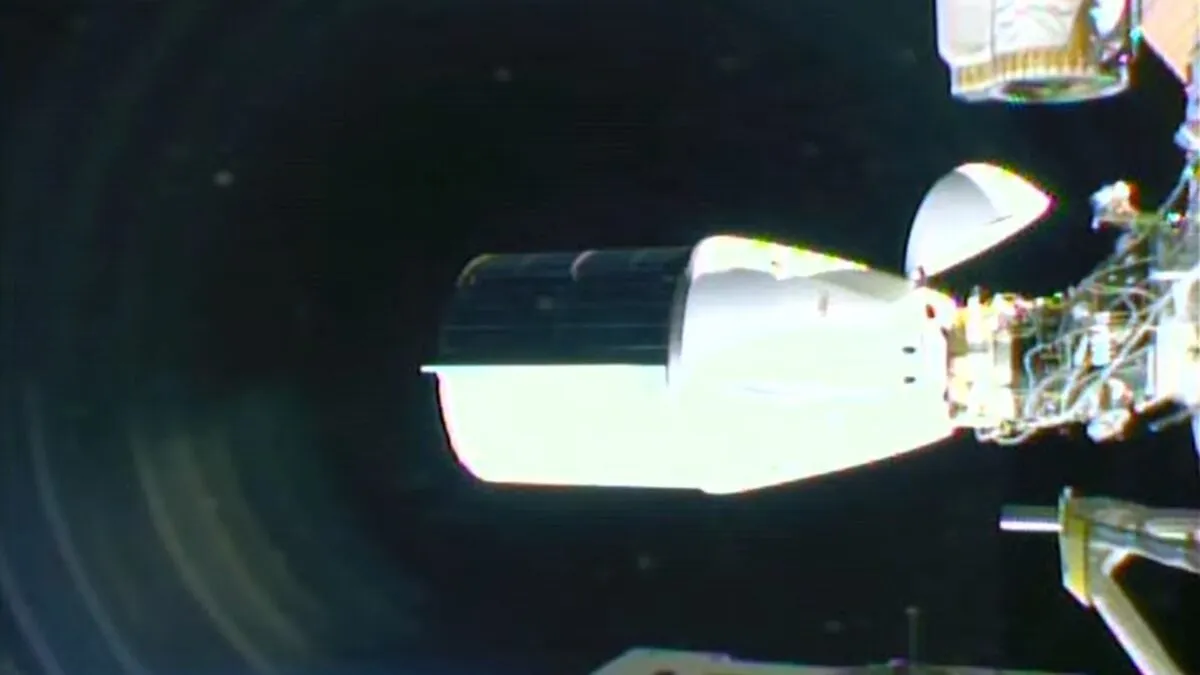
The International Space Station (ISS) has been a beacon of human ingenuity and exploration, orbiting Earth for over 26 years. Positioned at an altitude of 250 miles (400 kilometers), the ISS serves as a home for astronauts and a hub for scientific research. However, even at this impressive height, the space station is not immune to the effects of Earth's atmosphere. Oxygen molecules and other gases collide with the ISS, gradually causing it to lose altitude over time.
To counteract this natural drag and maintain its orbital status, NASA and its international partners regularly perform reboost maneuvers. These maneuvers are typically executed using the space station's own thrusters, which, while effective, are relatively small and weak. In addition, reboosts can be assisted by Russia’s Progress spacecraft or Northrop Grumman’s Cygnus. However, beginning in September, NASA will incorporate a new player into this process: SpaceX’s Dragon vehicle.
On Sunday at 2:45 a.m. ET, SpaceX successfully launched its Dragon spacecraft to the ISS, delivering over 5,000 pounds of supplies to the orbiting laboratory. This mission was not just a routine commercial resupply; it included an innovative propellant system integrated into Dragon's trunk, specifically designed for a reboost demonstration. This boost kit will be instrumental in maintaining the altitude of the ISS through a series of planned burns throughout the fall.
While docked at the ISS, SpaceX’s Dragon will utilize a propellant system that operates independently from its own engines. The boost kit fuels two Draco engines located in the trunk of the spacecraft. This design utilizes existing hardware and propellant systems, as outlined by NASA. The Dragon’s engines are not oriented to perform the necessary boost maneuvers, which is why the additional rear-facing engines are essential. These engines are connected to propellant tanks filled with hydrazine and nitrogen tetroxide, which ignite upon contact, allowing for precise altitude adjustments of the ISS in low Earth orbit.
In a successful test conducted in November 2024, NASA and SpaceX evaluated the Dragon's reboost capabilities. The demonstration lasted approximately 12 minutes and enabled the spacecraft to adjust the station's orbit by 7/100 of a mile at apogee (the farthest point from Earth) and 7/10 of a mile at perigee (the closest point to Earth). NASA emphasized that by testing the spacecraft’s abilities to perform reboosts and eventually provide attitude control, multiple spacecraft will be available to support the ISS’s operations.
The Dragon spacecraft is scheduled to remain docked to the ISS until December, marking the longest duration for a cargo mission. This extended stay is crucial for executing the upcoming reboost maneuvers. Notably, the boost kit used on this mission is a smaller version of what SpaceX is developing for the ISS’s eventual deorbiting. The ISS is slated for retirement by 2030, and NASA has plans to utilize a Dragon spacecraft for a series of deorbit burns that will safely lower the space station’s altitude until it ultimately disintegrates upon re-entering Earth’s atmosphere.
Until that time arrives, the ISS will benefit from the innovative technology provided by SpaceX’s Dragon, ensuring that this marvel of engineering continues to thrive in the cosmos.